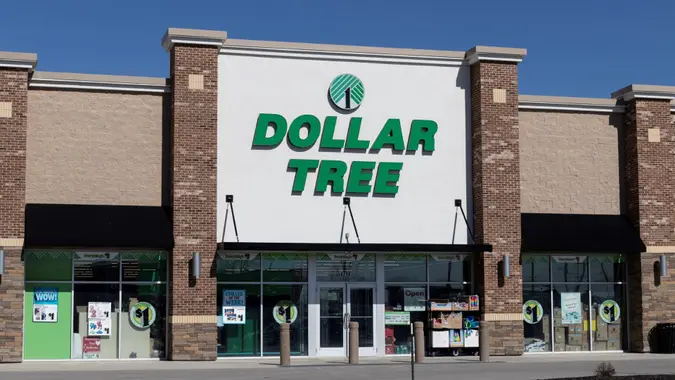6 Smart Ways To Cut Summer Energy Costs

Commitment to Our Readers
GOBankingRates' editorial team is committed to bringing you unbiased reviews and information. We use data-driven methodologies to evaluate financial products and services - our reviews and ratings are not influenced by advertisers. You can read more about our editorial guidelines and our products and services review methodology.

20 Years
Helping You Live Richer

Reviewed
by Experts

Trusted by
Millions of Readers
With utility bills rising rapidly in certain locations, per CBS News, homeowners are looking for effective ways to reduce cooling costs without sacrificing comfort.
Here are six strategies to keep your energy expenses in check.
Adjust Your Thermostat Settings
The simplest way to save is adjusting your thermostat.
According to the Department of Energy, you can save about 10% a year on heating and cooling costs by adjusting your thermostat from its normal setting by 7 to 10 degrees Fahrenheit for eight hours a day. It also recommended adjusting your thermostat to keep your house warmer when you’re not home to save on costs.
Use Ceiling Fans Strategically
Ceiling fans create a windchill effect that makes you feel cooler without actually lowering the room temperature.
According to EPB, the average 48-inch ceiling fan costs about $0.01 per hour to operate, while a central air conditioner costs about $0.23 per hour. Using a ceiling fan can allow you to raise your thermostat setting by a few degrees while maintaining the same comfort level.
Consider Window Units Over Central Air
For targeted cooling, window air conditioners can be more economical than central systems.
According to Angi, central air conditioner costs tend to be higher than window unit costs. To save money, consider using window units in frequently occupied rooms and keep less-used areas warmer for maximum efficiency.
Upgrade to Energy Star Equipment
Modern, efficient appliances can pay for themselves through reduced energy consumption.
According to Energy Star, room air conditioners that are certified by Energy Star use approximately 23% less energy and cost about $70 per year to run on average. Consider upgrading older, inefficient units that consume excessive energy.
Seal Air Leaks and Improve Insulation
When ducts have leaks, they can lose up to 30% of heated or cooled air before it reaches living spaces, according to Fitch Services, citing the Department of Energy. That can cost you money.
Sealing these leaks and adding insulation can help prevent cool air from escaping, reducing the workload on your cooling system.
Install a Smart Thermostat
Smart thermostats learn your schedule and preferences, automatically adjusting temperatures when you’re away. According to Energy Star, these devices can save approximately 8% of heating and cooling bills, or $50 per year, through optimized heating and cooling cycles without requiring you to remember manual adjustments.
 Written by
Written by  Edited by
Edited by 

























